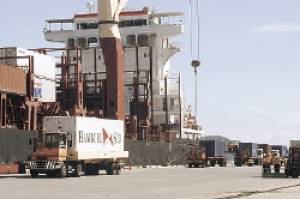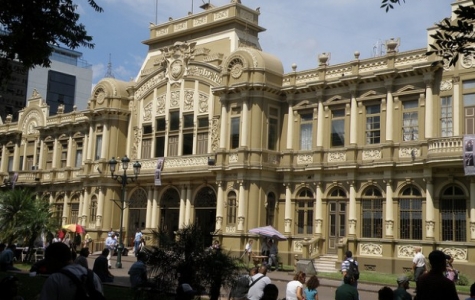
Photo Credit: Prensa Grafica
El Salvador Without Offering Investment Incentives
Private regret that the country has the lowest levels of investment. The rest of CA executes plans to attract capital.
The private sector regrets that El Salvador will be staying with the smallest slice of the pie of investment in Central America. Each country thought more aggressive strategies for foreign dollars will bring progress, create jobs and be a magnet to attract more companies. Incentives, policies and facilitate the conditions for investors to stay with them.
Guatemala, for example, preparing the Act on Investment Incentives, which provides tax exemptions for export, logistics and infrastructure investment.
Honduras, meanwhile, last year offered benefits and incentives to investors, with the Law on the Promotion and Protection of Investments, and promised all the scaffolding government for items identified as priorities. The country opened to them a range of over 150 projects, valued at $ 15.000 million.
While Nicaragua has also been aggressive and last year opened a forum on investment and benefits offered to investors. It was not bad: Adidas and Nike will begin operating in the country this year and investment in textile sector as a whole could reach $ 125 million.
But the cake investment, Costa Rica and Panama have larger portions: Costa Rica has been allocated this year $ 1.700 million for infrastructure (port, a corridor and roads) and Panama has a five year plan of public investment for more than $ 13.000 million.
According to ECLAC, in the first six months of 2011, Panama received $ 1.426 million investment, Costa Rica $ 1.057 million, Honduras $ 486 million, $ 485 million Guatemala, El Salvador and Nicaragua $ 376 million $ 284 million.
For Arnold Jimenez, executive director of the National Association of Private Enterprise (ANEP), El Salvador does not have the ability to develop large projects in public-private asocios that have allowed other countries stimulate the economy and create jobs. “There is potential for megaprojects. With what you pay for the transportation subsidy ($ 56 million in 2011) can create the articulated buses, but this is a project that is not done for political reasons, “he said.
He added that the lack of legal certainty also haunt the investor, as they hope to recoup their investment in 20-25 years, but this must be sure that they change the rules of the game.
Ismael Nolasco, executive director of the Salvadoran Chamber of Construction (CASALCO), also referred to that if the government spends too much money for grants (totaling the government paid $ 340 million in 2011), is neglected investment, which generates more opportunities, “When investing in ports, remodeling, this does come to work positively to the economy because it comes to generating jobs, taxes and greater availability of the Government for social programs.”
Meanwhile, Ana Vilma de Escobar, Vice President in the previous administration, said that the company APM-to build a port in Costa Rica valued at $ 992 million, is one of the companies that wanted to invest in the port of La Union, but without a concessions law was not intended to more. “The lack of vision of the country makes progress pass us on the one hand and that El Salvador is only a spectator of what is happening, when it could be an actor, a leader in the region, “said De Escobar.
Last year, the Government announced public investment by $ 1.200 million, but only managed to run between 60% -65% of that amount. This year, the goal is $ 900 million.
In a ranking of the 48 most attractive cities in Latin America for investment attraction, produced by a Colombian university, Panama is ranked 7, San Jose, Costa Rica is ranked 23, Guatemala City in 37, in Tegucigalpa Managua on 41 and 43. San Salvador and San Pedro Sula are the tail, 44 and 46, respectively.
The Panama 3 Count, where we bring you 3 Panama stories that you shouldn’t miss. 1: Top 10 Retirement Havens for 2013…Part 1 What are

Photo Credit: fetus karate via Flickr Sandwiched between Nicaragua and Colombia, between the Caribbean Sea and the Pacific Ocean, Panama and Costa Rica certainly have

Are you a high roller home owner or a jet setter? Maybe you’re a bit of both! Check out our infographic and decide What kind